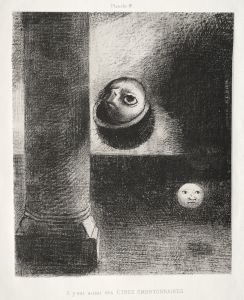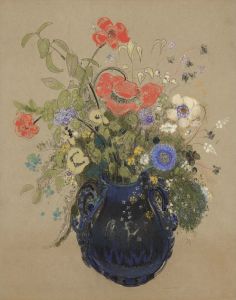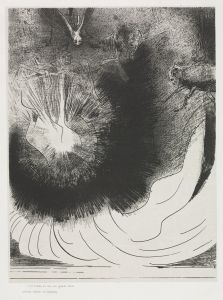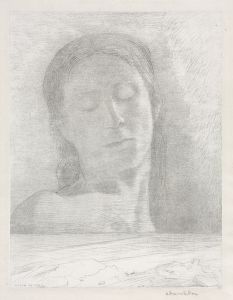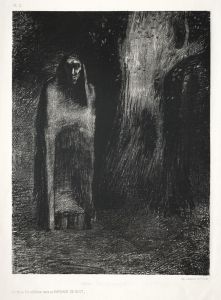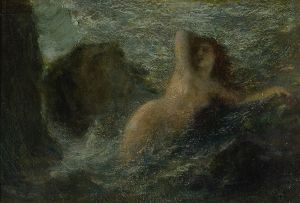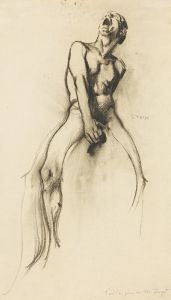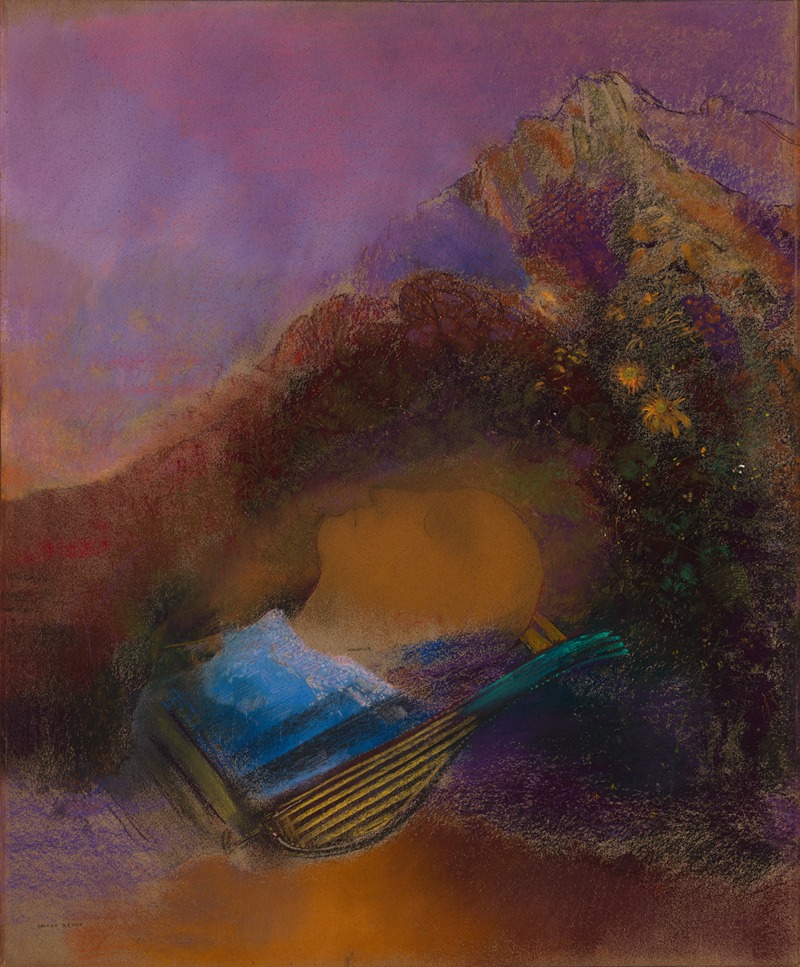
Orpheus
A hand-painted replica of Odilon Redon’s masterpiece Orpheus, meticulously crafted by professional artists to capture the true essence of the original. Each piece is created with museum-quality canvas and rare mineral pigments, carefully painted by experienced artists with delicate brushstrokes and rich, layered colors to perfectly recreate the texture of the original artwork. Unlike machine-printed reproductions, this hand-painted version brings the painting to life, infused with the artist’s emotions and skill in every stroke. Whether for personal collection or home decoration, it instantly elevates the artistic atmosphere of any space.
Odilon Redon, a French symbolist painter, created the artwork "Orpheus" in 1903. Redon is renowned for his unique approach to art, often blending elements of fantasy and symbolism to explore themes of dreams, mythology, and the subconscious. "Orpheus" is a prime example of his fascination with mythological subjects, specifically drawing from the ancient Greek myth of Orpheus, a legendary musician, poet, and prophet.
The myth of Orpheus is one of the most enduring stories from Greek mythology. Orpheus was said to possess an enchanting musical ability, capable of charming all living things and even inanimate objects. His most famous tale involves his descent into the Underworld to retrieve his beloved wife, Eurydice. Armed with his lyre, Orpheus's music softened the hearts of Hades and Persephone, the rulers of the Underworld, who allowed Eurydice to return with him to the living world under the condition that he must not look back at her until they reached the surface. Tragically, Orpheus turned to look at Eurydice before they emerged, losing her forever.
In Redon's "Orpheus," the artist captures the ethereal and otherworldly essence of the myth. The painting features a disembodied head of Orpheus, resting on his lyre, floating serenely in a dreamlike landscape. This imagery is evocative of the myth's conclusion, where Orpheus's head and lyre are said to have floated down the river Hebrus, still singing mournfully. Redon's choice to depict Orpheus in this manner emphasizes the transcendental and eternal nature of art and music, themes that were central to his work.
Redon's use of color in "Orpheus" is particularly notable. The painting is characterized by soft, muted tones that create a sense of tranquility and introspection. This color palette is typical of Redon's later works, where he moved away from the darker charcoal drawings of his earlier career, known as his "noirs," to embrace a more vibrant and colorful style. The gentle hues in "Orpheus" contribute to the dreamlike quality of the piece, inviting viewers to contemplate the intersection of reality and imagination.
"Orpheus" reflects Redon's broader artistic philosophy, which was heavily influenced by the symbolist movement. Symbolism, which emerged in the late 19th century, sought to express the ineffable and the mystical through art, often using mythological and dreamlike imagery. Redon was a key figure in this movement, and his work often explored the boundaries between the seen and unseen, the conscious and subconscious.
Throughout his career, Redon was inspired by literature, music, and philosophy, drawing from a wide range of sources to inform his art. His interest in the Orpheus myth aligns with his fascination with the power of art to transcend the mundane and access deeper truths. "Orpheus" is a testament to Redon's ability to convey complex ideas through simple yet evocative imagery.
Today, "Orpheus" is celebrated as one of Redon's masterpieces, exemplifying his unique vision and contribution to the symbolist movement. The painting is housed in the Musée d'Orsay in Paris, where it continues to captivate audiences with its haunting beauty and profound symbolism. Through "Orpheus," Redon invites viewers to explore the mysteries of the human experience, encouraging a deeper appreciation for the transformative power of art and music.





